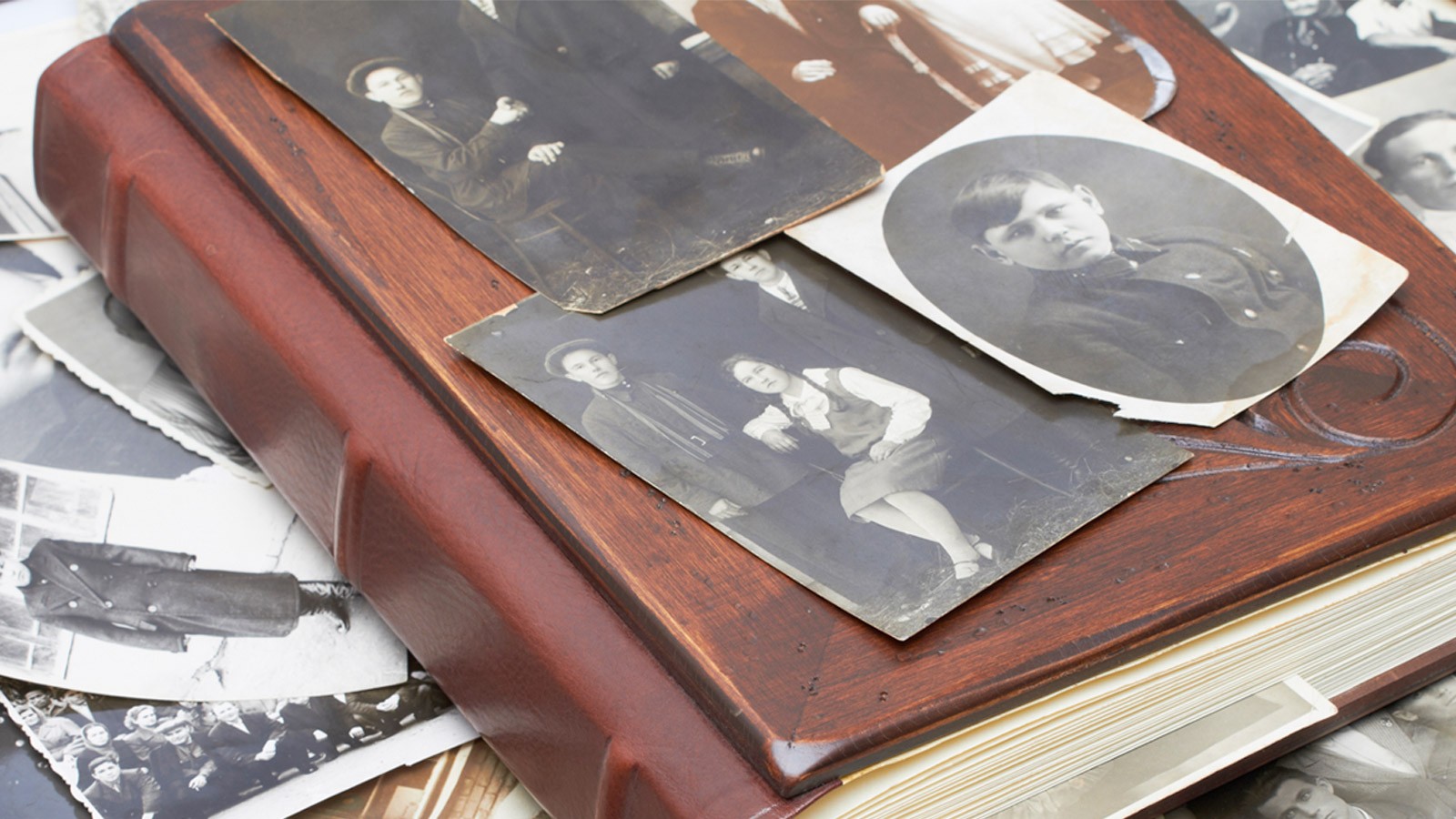Ancestry.com
Ancestry.com is the largest online genealogical research company in the world. Information Management specialist – IMR Digital is helping Ancestry.com make it easier for individuals to research their family history, trace their ancestors, and discover their family trees.
If you have ever used the most popular internet site to research your genealogical history, chances are you have benefited from the innovative document capture technology harnessed by IMR Digital.
Ancestry.com is the largest for-profit genealogy company in the world, operating a network of genealogical and historical record websites in the United States and nine foreign countries. Through its membership-based search engines, individuals can research historical documents and photos, trace family history, and create family trees. The company provided two million subscribers access to approximately 12.7 billion records.
In order for Ancestry.com to provide subscribers with an easier and more dynamic approach to genealogical research, they are continually adding archival information to the website. Currently, Ancestry.com is managing over 4 petabytes of data, including records for birth, census, death, immigration, military documents, as well as newspaper archives. Their continuous search for data sources led them to IMR Digital.
“Ancestry.com approached us because of our large repository of newspapers and their need to provide web access to newspapers for their subscribers,” said Anthony Parrell, IMR Digital’s Director of Conversion Services. When Ancestry.com learned that IMR Digital not only had newspaper microfilm records dating back to the 1800s but could also provide them with high-resolution digital files, an ongoing partnership was formed.
Anthony Parrell explains that “IMR Digital has over 13,000 rolls of 35 mm microfilm of newspapers dating back to the 1800s in our archives. In many cases, the microfilm is the only remaining copy of the newspaper.” While the majority of archives are Pennsylvania papers, the company also has editions from New York, Maryland, Delaware, and New Jersey that were acquired when IMR Digital purchased the assets of other scanning companies.
Parrell described the detailed process that is done at IMR Digital’s Hazleton production facility to convert the microfilm newspaper archives into high-resolution digital files. “First, we use state-of-the-art ribbon Flexscan scanners to scan the entire reel of microfilm. Our scanning software breaks up the images on each reel into documents. After each reel is scanned, our technicians check and verify the final output for any problems,” he said.
“The goal of Ancestry.com is to provide high-quality images for people doing research. The scanning we do has to be high resolution so that the end-user can read online, download, or print. Because many of these newspapers are quite old, we have to use very sophisticated scanners and our employees have to pay close attention to any discrepancies,” Parrell said.
Once the reels have been scanned, IMR Digital transfers the images to Ancestry.com once each week. Those images are more than the average jpeg. IMR Digital transfers 300 dpi uncompressed PDFs, which very high-resolution files that require a great deal of storage space. Approximately 75,000 images are transferred each week to Ancestry.com, which equates to about eight terabytes of data. Over the course of a month, that’s 300,000 images and enough information to keep genealogical researchers busy for years.
Once Ancestry.com receives the newspaper digital images from IMR Digital, it is entered into their proprietary software, where metadata and optical character recognition (OCR) are added to the file so that online researchers can search by family name, event or location and seamlessly travel through digital documents.
IMR Digital’s work with Ancestry.com does not preclude any individual interested in doing research from obtaining newspaper archives directly through IMR Digital. “The commodity that Ancestry.com is purchasing from us is the high-resolution PDF that requires the detailed scanning process-—they are not purchasing the rights to the newspaper,” Parrell explained. “We have archival newspapers ranging from the Harrisburg Daily Telegraph and The Times Philadelphia to the Jersey Shore Herald and Norristown Register available on our website for private researchers, historians, or groups who need data.”
The public is welcome to visit www.imrdigital.com (click on Service Bureau and Newspaper Archives) to see what newspapers are currently archived. You can easily search by publication name or location to find stories, family history, or data from the last two centuries.

